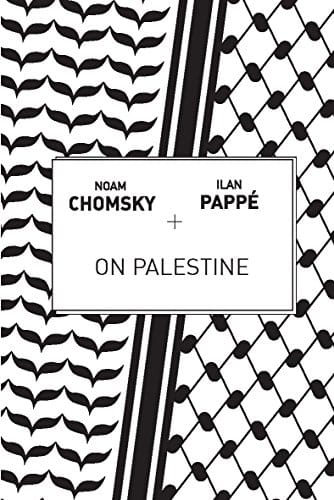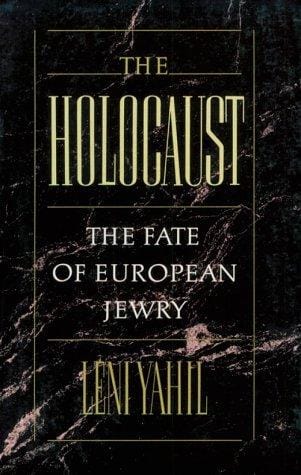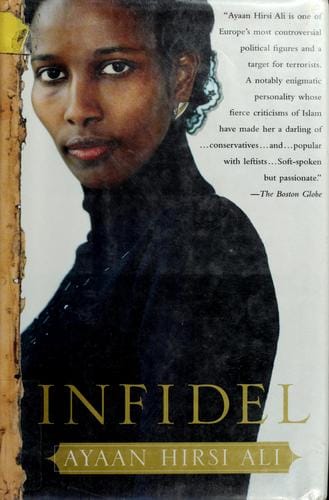On Palestine: History, Culture, and the Pursuit of a Just Peace
Explore Palestine’s rich history, vibrant culture, and ongoing quest for justice, plus actionable steps toward a lasting, equitable peace in the Holy Land.

Introduction
Palestine, a land whose name has echoed across millennia, remains at the center of global headlines, diplomatic summits, and humanitarian campaigns. From the ancient hills of Jerusalem to the bustling streets of Ramallah and the resilient shoreline of Gaza, the story of Palestine intertwines faith, identity, and contested sovereignty. This article offers an accessible overview of Palestine’s historical roots, rich cultural tapestry, and the contemporary challenges its people face, while also suggesting constructive pathways toward a sustainable, just peace for everyone who calls the region home.
Historical Context
The history of Palestine is complex and layered, stretching from Canaanite civilizations through Roman occupation, Islamic caliphates, the Ottoman Empire, British Mandate rule, and the tumultuous twentieth century. Following World War I and the dissolution of Ottoman control, the 1917 Balfour Declaration signaled British support for a “national home for the Jewish people” in Palestine, stoking tensions with the Arab majority. The 1947 UN Partition Plan envisioned separate Jewish and Arab states, but war erupted in 1948, leading to the creation of Israel and the displacement of over 700,000 Palestinians—an event Palestinians call the Nakba, or “catastrophe.”
The Cultural Tapestry of Palestine
Beyond politics, Palestine is renowned for its vibrant cultural heritage. Traditional dabke dance, richly embroidered thobes, olive-wood carvings, and fragrant cuisine anchored by olives, za’atar, and maqluba attest to a resilient spirit. Palestinian literature—embodied by poets like Mahmoud Darwish and novelists such as Susan Abulhawa—captures longing, resistance, and hope. Meanwhile, the arts scene in cities like Haifa and Bethlehem flourishes with contemporary galleries, hip-hop collectives, and film festivals. Religion, too, shapes daily life: the sacred Al-Aqsa Mosque, Church of the Nativity, and myriad historic synagogues underscore the interwoven Abrahamic heritage of the land.
Contemporary Challenges
Today roughly five million Palestinians reside in the occupied West Bank, East Jerusalem, and Gaza, while another seven million live in the diaspora. Daily life is marked by a military occupation, movement restrictions, checkpoints, and an expanding network of Israeli settlements deemed illegal under international law. In Gaza, a 16-year blockade severely limits access to medical supplies, clean water, and electricity, contributing to high unemployment and deteriorating infrastructure. Periodic escalations—such as the 2021 assault on Gaza and violence in Jenin—exact steep civilian tolls. Human rights organizations, from Amnesty International to B’Tselem, have documented systemic inequities that many describe as apartheid.
International Perspectives
The Israeli-Palestinian conflict reverberates far beyond the Middle East. The United States, European Union, Russia, and regional powers like Egypt, Jordan, and Qatar all vie to mediate cease-fires or broker negotiations, each informed by strategic, electoral, or security interests. While more than 140 UN member states recognize Palestine as a state, diplomatic paralysis at the UN Security Council often impedes binding resolutions. Grass-roots solidarity movements—including Boycott, Divestment, Sanctions (BDS), Jewish Voice for Peace, and progressive Israeli NGOs—reshape discourse, urging accountability and equal rights. At the same time, normalization deals between Israel and Arab states, such as the Abraham Accords, complicate traditional alliances and bargaining power.
Pathways to Peace
A durable peace demands addressing core final-status issues: borders, security, settlements, refugees, water rights, and the status of Jerusalem. While the two-state solution—envisioning independent Israeli and Palestinian states living side by side along the 1967 lines—remains the predominant framework endorsed by the UN, rapid settlement growth and geographic fragmentation of the West Bank challenge its feasibility. Some analysts now advocate confederation or a single democratic state guaranteeing equal rights for Jews and Arabs alike. Regardless of the model, international law insists on self-determination, equality, and the right of return or compensation for refugees. Trust-building measures, such as lifting the Gaza blockade, halting settlement expansion, and releasing political prisoners, can create space for renewed negotiations.
The Role of Civil Society
Civil society actors—Palestinian, Israeli, and global—play an indispensable role in peacebuilding. Joint initiatives like the Parents Circle-Families Forum bring bereaved families from both sides together to share stories of loss and reconciliation. Agricultural cooperatives in the Jordan Valley employ sustainable methods while resisting land confiscation. Digital startups in Ramallah and Gaza illustrate the potential of a tech-driven economy if mobility restrictions ease. Academic collaborations and student exchanges foster empathy and counteract demonizing narratives. Empowering women and youth—often sidelined in high-level diplomacy—can inject fresh ideas and hold leaders accountable to universal human rights standards.
How Individuals Can Support
Individuals worldwide can contribute by educating themselves through reputable news outlets, Palestinian literature, and documentaries such as “5 Broken Cameras” or “Gaza Surf Club.” Ethical tourism that centers local guides and businesses supports the economy and counters monolithic media portrayals. Donating to medical relief organizations like the Palestine Children’s Relief Fund, or to cultural preservation NGOs that protect endangered archaeological sites, offers tangible assistance. Advocating for fair trade Palestinian olive oil and handicrafts bolsters farmers’ livelihoods. Finally, contacting elected representatives to endorse international legal frameworks and uphold human rights ensures that public policy aligns with universal principles.
Conclusion
Palestine’s story is one of profound endurance: an ancient land navigating modern struggles while nurturing a culture of creativity and hospitality. Understanding its layered history and present realities equips global citizens to engage thoughtfully and work toward justice. Whether the future brings two states, one democratic state, or another arrangement altogether, peace will depend on recognizing the inherent dignity and rights of all who inhabit the land. In listening to Palestinian voices and amplifying calls for equality, the international community can help transform a narrative of conflict into one of coexistence and shared prosperity.



